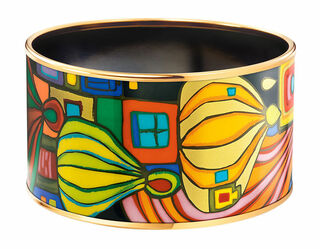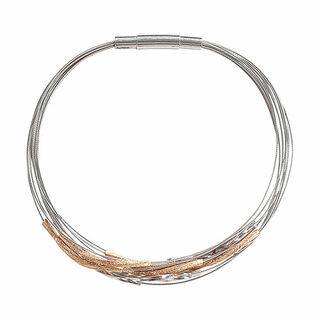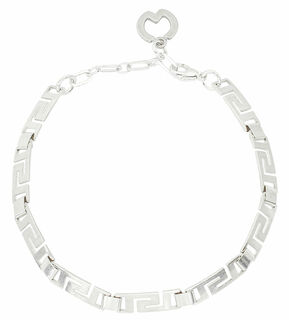Arm Jewellery
The Bracelet - A Piece of Jewellery With a Long Tradition
Adorning oneself with small accessories is a traditional practice among humans. Since the earliest times, this included jewellery for the wrist, such as a bracelet, bangle, or arm chain. Archaeological finds dating back several thousand years from China, Central America, India, and North Africa provide evidence of the widespread use of arm jewellery during early human history. The first known variants of arm jewellery were made of materials found in nature, such as wood, shells, horn, stones, bones, or animal teeth. Later, metals and precious stones were added, as well as leather, textiles, and plastics. The invention and dissemination of metalworking techniques significantly influenced jewellery making, including arm jewellery. The ability to melt and cast metals opened up entirely new possibilities in jewellery design. The jewellery could be artfully designed from pure gold, silver, copper, or bronze. The metals could also serve as settings for precious stones, for example.
Over the centuries, bracelets for both women and men developed in line with the fashions of their respective epochs. Design and materials knew few boundaries.
Arm Jewellery - Far More Than Just an Accessory
A bangle, bracelet or arm chain is a decorative and ornamental accessory. Worn on the wrist, they catch the eye easily. However, in some cultures, they also took on concrete functions and conveyed much about the wearer. For example, a bracelet could serve as a talisman or signify a certain social status or membership in a social group. Like other pieces of jewellery, arm ornaments can also hold symbolic significance. Especially through the pictorial representation of animals, mythical creatures or magical symbols, bracelets, bangles, and arm chains become stylish accessories with a message. You can buy these and other beautiful bracelets here, at ars mundi.






























